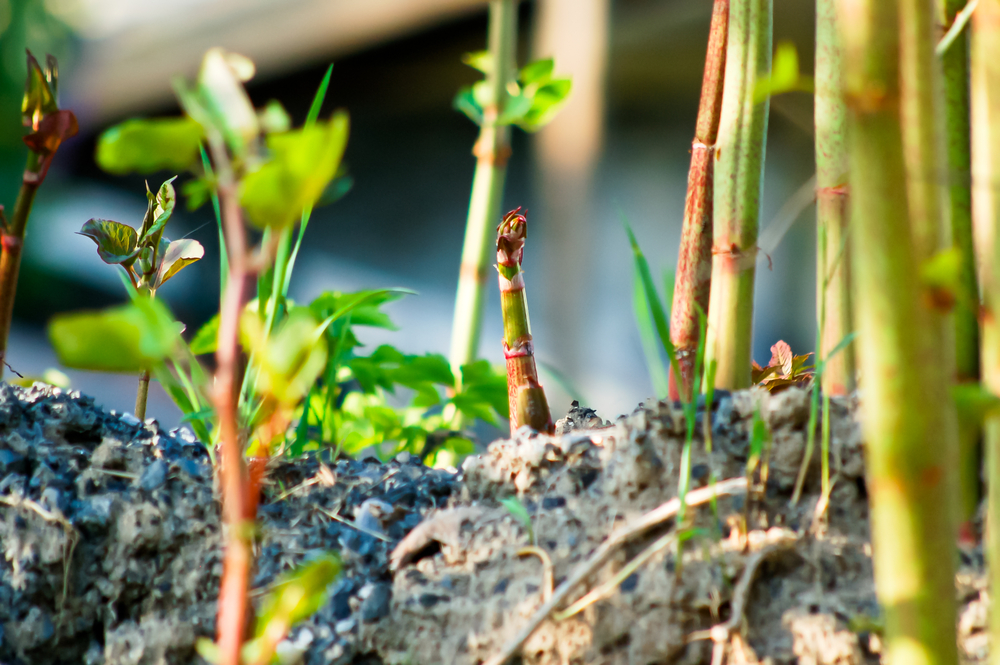
Spring is the time when the plant, which can pose a threat to properties and impact mortgage lending decisions, enters its growth phase.
As such, Japanese knotweed expert, Environet, has released data from its ‘Heatmap’ tool to highlight areas of the UK where the plant poses the greatest risk to properties.
Exposed: the Japanese Knotweed Heatmap allows users to enter a postcode to discover the number of reported knotweed sightings nearby. Hotspots highlighted in yellow or red.
Japanese knotweed hotspots 2021 (Source: Environet UK)
| Position | Location | Infestations within 4km radius |
| 1 | Bolton, Greater Manchester | 621 |
| 2 | Bristol | 465 |
| 3 | St Helens, Merseyside | 440 |
| 4 | Cardiff, South Wales | 419 |
| 5 | Blackburn, Lancashire | 406 |
| 6 | Llanelli, South Wales | 382 |
| 7 | Swansea, South Wales | 330 |
| 8 | Rotherham, South Yorkshire | 320 |
| 9 | Shepherd’s Bush, West London | 230 |
| 10 | Nottingham | 228 |
Nic Seal, founder and MD of Environet said: “Knowledge is power when it comes to Japanese knotweed and this heatmap is invaluable to homeowners and buyers who want to assess the risk in their local area.
“With the stamp duty holiday extended and lockdown restrictions beginning to ease, the property market is busier than ever – but failing to carry out the appropriate checks for knotweed can turn out to be an expensive mistake.
“Despite its fearsome reputation, with professional help, the plant can be dealt with and the value of a property largely restored. I’d urge anyone buying or selling a property, or homeowners wishing to preserve the value of their home, to be vigilant for signs of spring growth and check Exposed to see whether they live in a high-risk area.”
Spring invasion
Following its winter hibernation, knotweed begins to grow in March or April, depending on the local ground temperature, reaching up to three metres in height by mid-summer.
They can be identified by their purple or red asparagus-like shoots emerging from the ground, which quickly grow into lush green shrubs with heart or shovel-shaped leaves and pink-flecked stems.
Pushing up through cracks in concrete, driveways, patios, paths, drains and even the cavity walls of our homes, Japanese knotweed can reduce a property’s value by 10% and make it difficult to sell, Environet explained. Indeed, an insurance-backed guarantee must be in place to satisfy mortgage lenders.
According to Environet’s research, approximately 5% of homes are currently affected, either directly or indirectly (neighbouring an affected property), knocking around £20 billion off UK house prices.
The general public can help in the fight against knotweed by reporting suspicious plants using the heatmap’s ‘Add Sighting’ feature and attaching a photo to be verified by experts.



